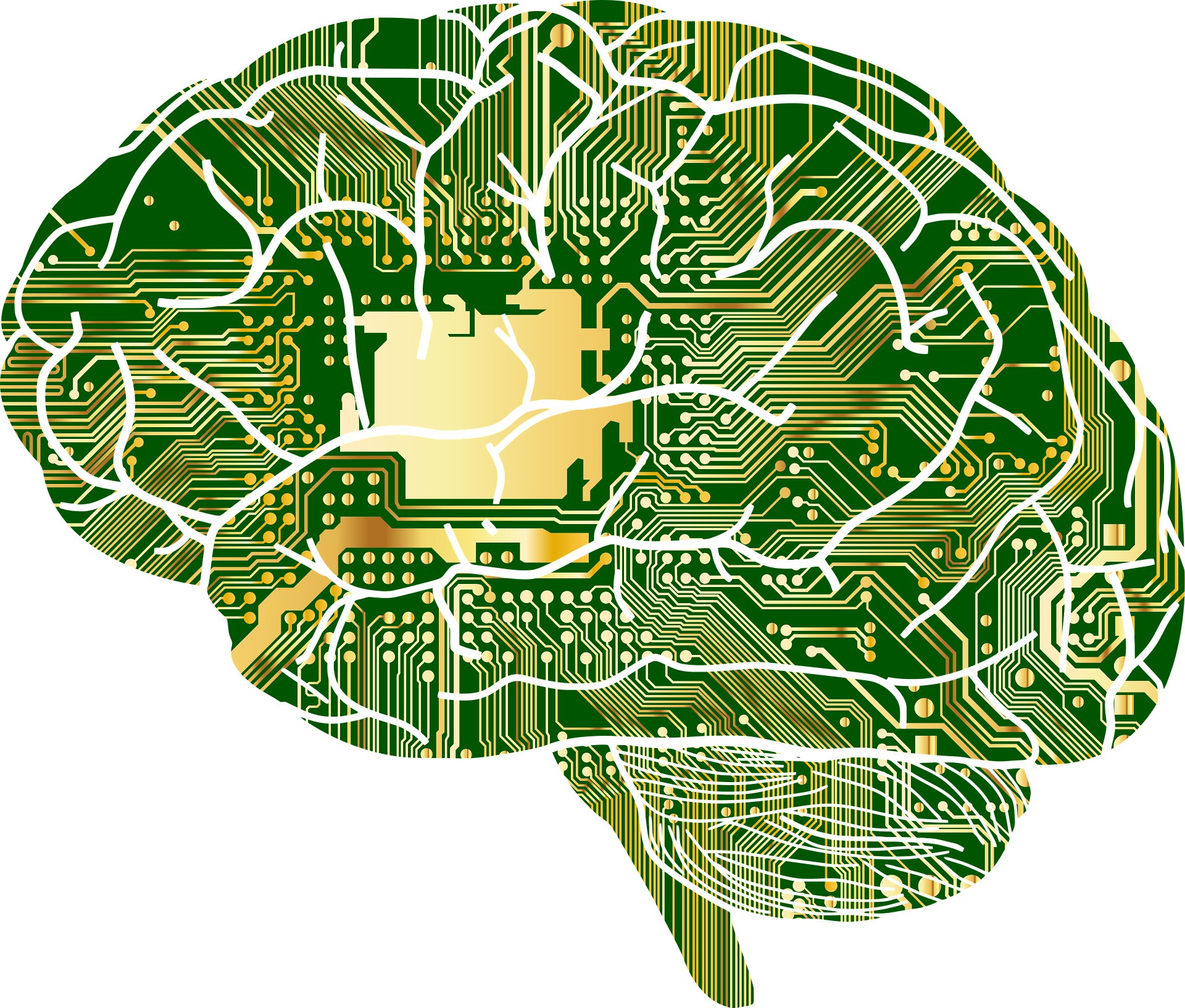
Who needs maps? Facebook has scored an impressive feat involving AI that can navigate without any map.
Facebook's wish for bragging rights, although they said they have a way to go, were evident in its blog post, "Near-perfect point-goal navigation from 2.5 billion frames of experience."
Long story short, Facebook has delivered an algorithm that, quoting MIT Technology Review, lets robots find the shortest route in unfamiliar environments, opening the door to robots that can work inside homes and offices."
And, in line with the plain-and-simple, Ubergizmo's Tyler Lee also remarked: "Facebook believes that with this new algorithm, it will be capable of creating robots that can navigate an area without the need for maps...in theory, you could place a robot in a room or an area without a map and it should be able to find its way to its destination."
Erik Wijmans and Abhishek Kadian in the Facebook Jan. 21 post said that, well, after all, one of the technology key challenges is "teaching these systems to navigate through complex, unfamiliar real-world environments to reach a specified destination—without a preprovided map."
Facebook has taken on the challenge. The two announced that Facebook AI created a large-scale distributed reinforcement learning algorithm called DD-PPO, "which has effectively solved the task of point-goal navigation using only an RGB-D camera, GPS, and compass data," they wrote.
DD-PPO stands for decentralized distributed proximal policy optimization. This is what Facebook is using to train agents and results seen in virtual environments such as houses and office buildings were encouraging. The bloggers pointed out that "even failing 1 out of 100 times is not acceptable in the physical world, where a robot agent might damage itself or its surroundings by making an error."
Beyond DD-PPO, the authors gave credit to Facebook AI's open source AI Habitat platform for its "state-of-the-art speed and fidelity." AI Habitat made its open source announcement last year as a simulation platform to train embodied agents such as virtual robots in photo-realistic 3-D environments. Facebook said it was part of "Facebook AI's ongoing effort to create systems that are less reliant on large annotated data sets used for supervised training."
(Douglas Heaven in MIT Technology Review: While Facebook trained bots for three days inside AI Habitat, "Others have taken a month or more to train bots in a similar task, but Facebook massively sped things up by culling the slowest bots from the pool so that faster ones did not have to wait at the finish line each round.")
InfoQ had said in July that "The technology was taking a different approach than relying upon static data sets which other researchers have traditionally used and that Facebook decided to open-source this technology to move this subfield forward."
Jon Fingas in Engadget looked at how the team worked toward AI navigation (and this is where that 25 billion number comes in). "Previous projects tend to struggle without massive computational power. Facebook taught a virtual agent to handle point-to-point navigation for the equivalent of 80 years of human experience—that's about 2.5 billion steps."
The result was an algorithm smart enough in indoor environments to choose the right fork in the path (as opposed to wasting time backtracking) and quickly recognize errors if headed in the wrong direction.
Heaven, in his MIT Technology Review item, was also helpful in putting the number in context. "Facebook trained bots for three days inside AI Habitat, a photorealistic virtual mock-up of the interior of a building, with rooms and corridors and furniture. In that time they took 2.5 billion steps—the equivalent of 80 years of human experience."
Researchers focused on projects centered around assistive robots consider navigation features crucial. "Navigation is essential for creating AI agents and assistants that help people in the physical world, from robots that can retrieve an object from a desk upstairs, to systems that help people with visual impairments, to AI-powered assistants that present relevant information to people wearing augmented reality glasses," Wijmans and Abhishek Kadiana wrote.
The authors made their case for a world less reliant on maps, too. Maps, they argued, "become outdated the moment they are created. Most real-world environments evolve—buildings and structures change, objects are moved around, and people and pets are in constant flux."
What's next? "We hope to build on DD-PPO's success by creating systems that accomplish point-goal navigation with only camera input—and no compass or GPS data."
Why no compass or GPS data? In a Jan. 21 post, Wijmans and Kadian said that "compass and GPS data can be noisy or simply unavailable in indoor spaces. We will also apply DD-PPO-trained models to different tasks."
Fingas in Engadget was impressed over their "distributed reinforcement learning algorithm that not only reaches its destination 99.9 percent of the time without using maps, but can do so with just a three percent deviation from the ideal path."
Actually, said Heaven in MIT Technology Review, "Mapless route-finding is essential for next-gen robots like autonomous delivery drones or robots that work inside homes and offices."
Fingas had this to say about the technology in general: It is still "very young. It has yet to handle outdoors or complex situations, and it doesn't handle long-distance navigation well if it has to lose sensors." Nonetheless, Fingas noted Facebook was sharing its work in hopes of further advances.
© 2020 Science X Network
Citation: Facebook AI gives maps the brushoff in helping robots find the way (2020, January 25) retrieved 25 January 2020 from https://techxplore.com/news/2020-01-facebook-ai-brushoff-robots.html
This document is subject to copyright. Apart from any fair dealing for the purpose of private study or research, no part may be reproduced without the written permission. The content is provided for information purposes only.
